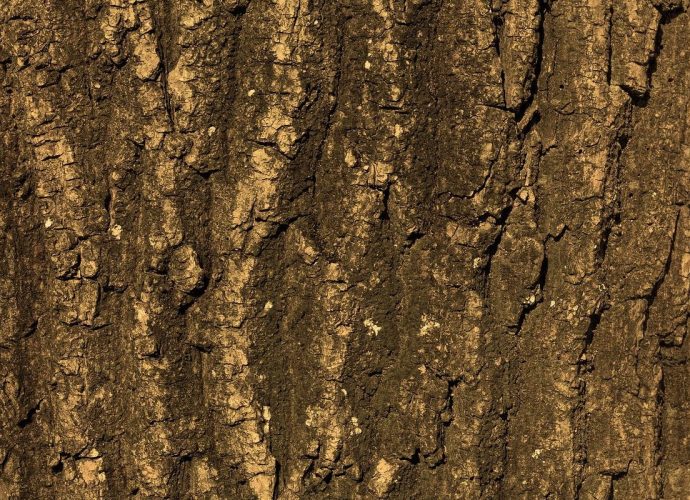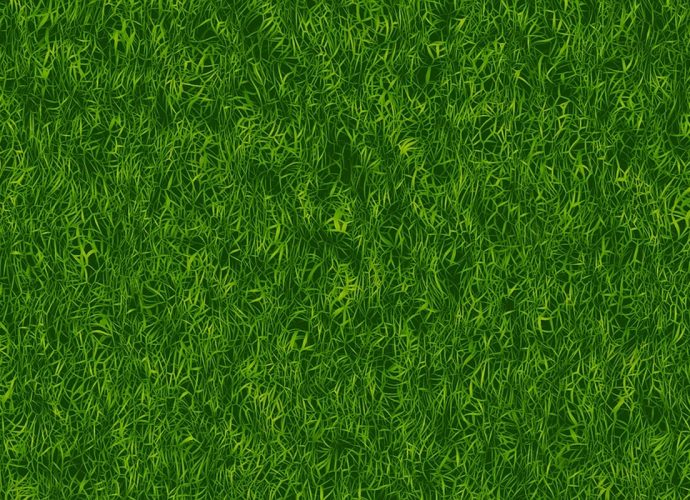How Do You Fix Sun Scorched Leaves?
Sunscald injury of plants is easy to prevent, though there is no cure. Once leaves are damaged, all you can do is support the plant until it manages to grow new, stronger leaves. Can leaf scorch be reversed? Leaf-tip browning is an annoying condition that commonly affects certain types ofRead More →









